Owning exotic pets has fascinated humans for centuries, from ancient Egyptian pharaohs with their cheetahs to modern collectors seeking rare reptiles or primates. However, in recent decades, many nations have implemented strict regulations or complete bans on keeping non-native wildlife as companions. These policies aren’t arbitrary but reflect growing understanding of ecological dangers, welfare concerns, public health risks, and conservation priorities. While hobbyists and collectors may desire these unusual animals, governments worldwide have compelling reasons to restrict or prohibit their possession. This article explores the multifaceted rationales behind exotic pet regulations and why they vary dramatically across international borders.
Ecological Threat of Invasive Species
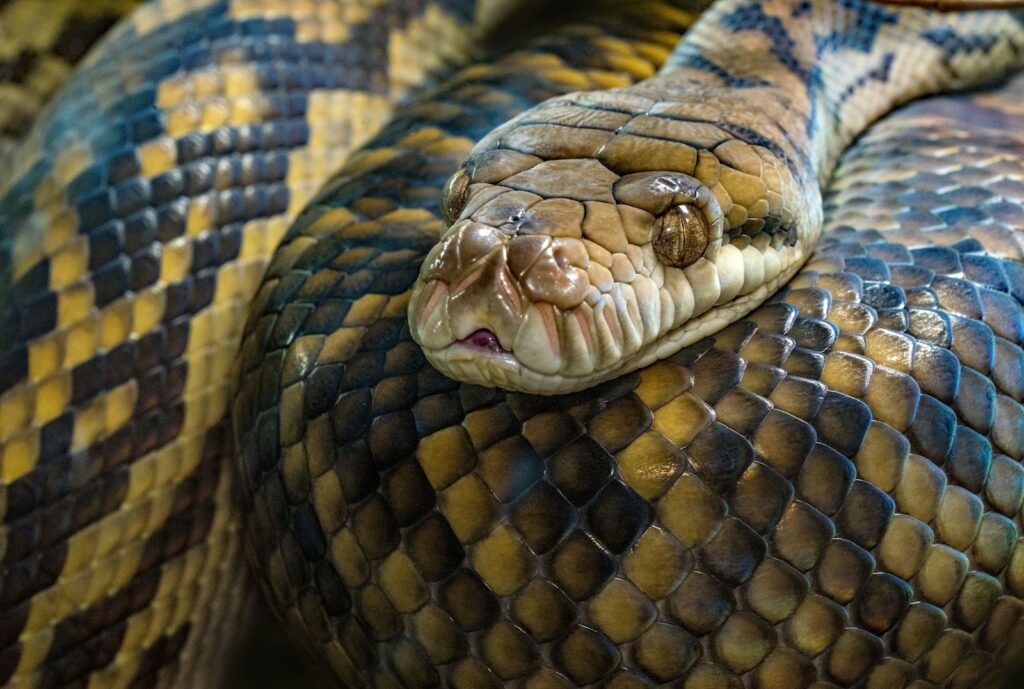
One of the primary reasons countries ban exotic pets is the devastating impact escaped or released non-native animals can have on local ecosystems. The Florida Everglades serve as a sobering example, where released Burmese pythons have established a breeding population that has decimated native mammal populations by up to 99% in some areas. Australia, with its unique and vulnerable ecosystem, maintains some of the world’s strictest biosecurity laws after witnessing the destruction caused by introduced species like rabbits, cane toads, and foxes. When exotic pets escape or are deliberately released, they can outcompete native species for resources, introduce new diseases, alter habitats, or become apex predators in ecosystems unprepared for their presence. Once established, invasive species are exceptionally difficult and expensive to control or eradicate, creating ecological damage that often proves irreversible.
Animal Welfare Concerns

Many exotic animals simply cannot thrive in captivity, particularly in ordinary household settings, leading to significant welfare issues that drive restrictive legislation. Species such as large cats, primates, and many reptiles have complex physical, psychological, and social needs that typical pet owners cannot adequately meet. Monkeys, for example, require specialized diets, social interaction with their own kind, and extensive environmental enrichment that few private owners can provide. Countries like the United Kingdom, which enacted the Wild Animals in Circuses Act and has strong exotic pet regulations, recognize that keeping wild animals in inappropriate conditions leads to stress, abnormal behaviors, health problems, and shortened lifespans. Ethics committees and animal welfare organizations have documented the suffering of exotic pets, from tigers confined to backyards to parrots developing severe psychological disorders when kept alone in small cages. These welfare concerns have prompted many nations to decide that certain species simply should not be kept as pets at all.
Public Health and Safety Risks

Exotic animals can pose serious health and safety risks to humans, motivating government restrictions across the globe. Zoonotic diseases—those that jump from animals to humans—represent a significant concern, with approximately 75% of emerging infectious diseases originating in wildlife. The 2003 U.S. monkeypox outbreak, linked to imported African rodents kept as pets, demonstrated how the exotic pet trade can facilitate disease transmission across continents. Beyond disease risks, many exotic species pose direct physical dangers through bites, scratches, constriction, or venomous capabilities. After tragic incidents involving pet chimpanzees, pythons, and big cats, countries like Japan implemented their Invasive Alien Species Act, which strictly limits ownership of potentially dangerous exotics. The public health burden of treating exotic animal attacks, managing disease outbreaks, and conducting expensive rescues when dangerous animals escape has convinced many governments that the personal desire to own exotic pets doesn’t outweigh community safety risks.
Conservation Impact and Endangered Species Protection
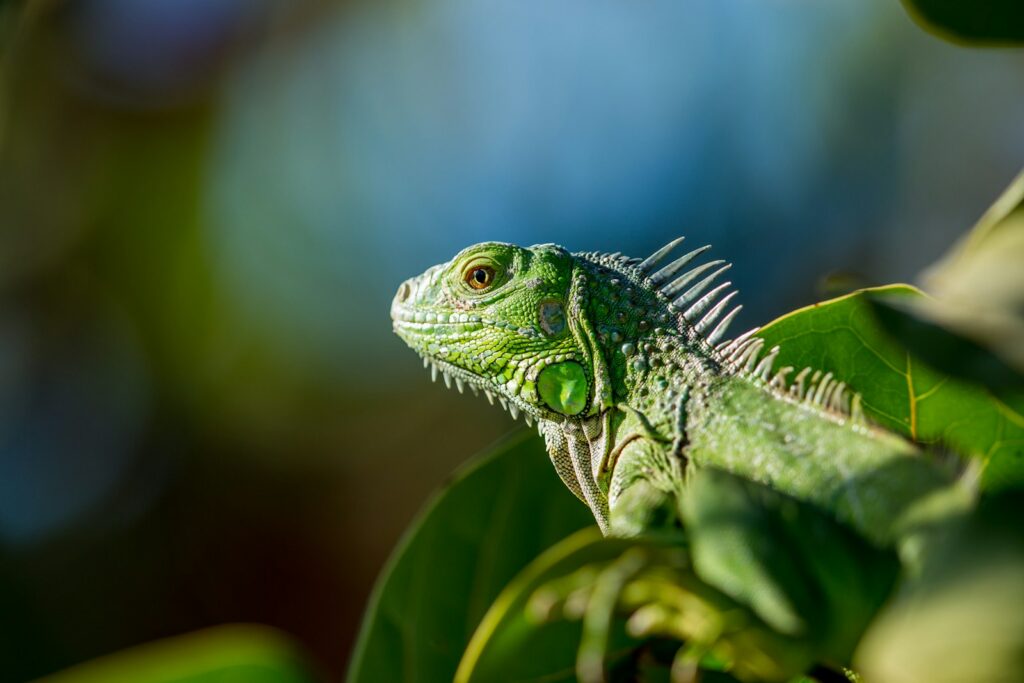
The exotic pet trade significantly threatens wild populations of many species, driving countries to ban their capture, sale, and ownership. Global demand for rare reptiles, birds, and primates creates powerful economic incentives for poaching, even from protected areas and national parks. For animals like slow lorises, pangolins, and numerous parrot species, the pet trade demand has contributed directly to their endangered status. Most developed nations are signatories to CITES (Convention on International Trade in Endangered Species of Wild Fauna and Flora), which restricts trade in thousands of species and forms the legal foundation for many exotic pet bans. Germany, for instance, aligns its strict exotic pet regulations with both European Union directives and international conservation agreements, prohibiting ownership of endangered species even if they’ve been captive-bred. Conservation biologists have documented population crashes of species targeted for pet markets, with some animals now more numerous in private collections than in their native habitats—a situation many governments consider unacceptable from both ecological and ethical perspectives.
Enforcement Challenges and Black Market Concerns
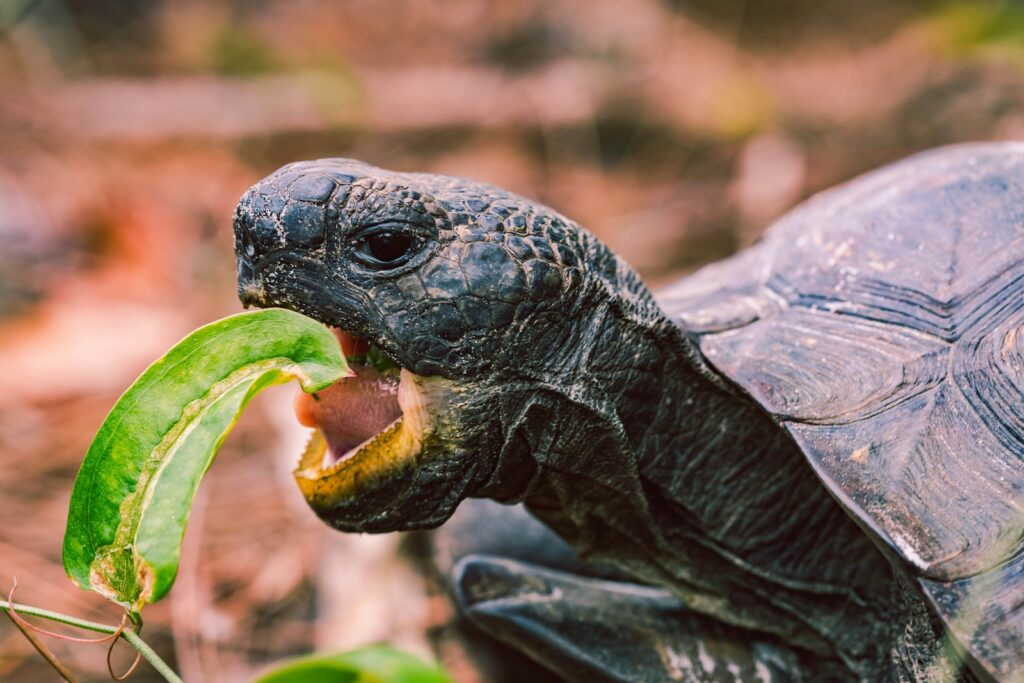
Countries with experience regulating exotic pets have learned that permissive policies create significant enforcement headaches and fuel illegal wildlife trafficking. When some exotic species are legal while others are prohibited, authorities face immense challenges in monitoring compliance, identifying smuggled animals, and prosecuting violators. The exotic pet black market is estimated to be worth billions of dollars annually, making it one of the largest illegal trades alongside drugs and weapons. Nations like Australia and New Zealand maintain near-total bans on exotic pet imports partly because selective prohibition proves so difficult to enforce effectively. When animals are smuggled for the pet trade, they often endure horrific transport conditions, with mortality rates exceeding 50% for some species, adding an ethical dimension to enforcement concerns. Law enforcement agencies in countries with limited exotic pet regulation report being overwhelmed by the resources required to track illegal trade, inspect suspected facilities, and manage confiscated animals, making comprehensive bans sometimes more practical than selective regulation.
Cultural and Historical Factors

A nation’s approach to exotic pet regulation often reflects its unique cultural relationship with wildlife and historical experiences with animal-related problems. Japan’s strict exotic pet laws partly stem from cultural values emphasizing harmony with nature and social responsibility, making ownership of potentially disruptive non-native species culturally incongruent. By contrast, countries with traditions of wildlife utilization or hunting may have more permissive attitudes toward private ownership of exotic animals. Island nations like New Zealand and Hawaii have particularly restrictive policies due to historical ecological devastation caused by introduced species, with these painful lessons embedded in their regulatory approach. In Southeast Asian countries, shifting cultural attitudes about wildlife protection have led to strengthening regulations on species that were traditionally kept as status symbols. Religious and philosophical perspectives on human-animal relationships also influence regulatory frameworks, with some Buddhist-majority countries implementing stricter protections based on principles of compassion toward sentient beings. These cultural and historical dimensions help explain why seemingly similar countries may adopt dramatically different approaches to regulating exotic pets.
Regional Cooperation and International Agreements

Exotic pet regulations often reflect regional coordination efforts and international conservation commitments rather than purely domestic considerations. The European Union’s comprehensive wildlife trade regulations create a standardized approach across member states, preventing regulatory loopholes that smugglers might exploit. Similarly, the North American collaboration between Canada, the United States, and Mexico under the Commission for Environmental Cooperation addresses cross-border wildlife trafficking issues affecting all three nations. International agreements like CITES legally bind signatory countries to implement domestic legislation controlling trade in thousands of animal species, though the strength of these implementations varies considerably. Regional economic communities in Africa and Asia have developed coordinated approaches to combat wildlife trafficking, including harmonizing laws against keeping certain species as pets. These international dimensions explain why exotic pet bans often appear in clusters of neighboring countries, as nations realize that unilateral action proves ineffective when wildlife can be smuggled across porous borders.
Resource Limitations and Practical Realities

Practical considerations about veterinary infrastructure, emergency response capabilities, and containment facilities heavily influence exotic pet regulations. Countries with limited specialized veterinary services may ban certain exotic species because they simply lack the professional expertise to address their unique health needs or manage disease outbreaks. After Thailand experienced a series of cobra escapes in urban areas, authorities recognized they lacked adequate emergency response protocols and containment facilities, leading to stricter venomous reptile regulations. Nations with tropical climates often implement stricter bans on species that could establish feral populations, recognizing that their environmental conditions increase the risk of successful invasions. The financial burden of maintaining rescue facilities for abandoned or confiscated exotic animals also drives regulatory decisions, as even wealthy countries struggle with the costs of caring for seized wildlife. These practical constraints explain why some developing nations with rich biodiversity may paradoxically have stricter exotic pet prohibitions than wealthier countries—they simply cannot afford the infrastructure required to manage the risks.
Shifting Scientific Understanding

Advancements in scientific knowledge about animal cognition, invasive species biology, and zoonotic disease transmission have directly influenced the tightening of exotic pet regulations worldwide. Research demonstrating the complex cognitive abilities and emotional lives of primates, elephants, and cetaceans has led many countries to prohibit their private ownership on ethical grounds. Ecological studies documenting the cascading effects of invasive species have prompted preventative bans on keeping animals with high invasive potential, even before they’ve caused problems. The emergence of sophisticated DNA analysis techniques has allowed researchers to track disease variants from exotic pets to human outbreaks, strengthening public health arguments for regulation. Countries like Norway and Sweden, which prioritize evidence-based policymaking, have gradually expanded their exotic pet prohibitions as scientific consensus emerges about the risks posed by various species. Wildlife management experts now better understand which traits make certain animals particularly unsuitable as pets or especially dangerous if released, allowing for more targeted regulations based on scientific risk assessment rather than arbitrary distinctions.
Economic Considerations and Industry Pressure
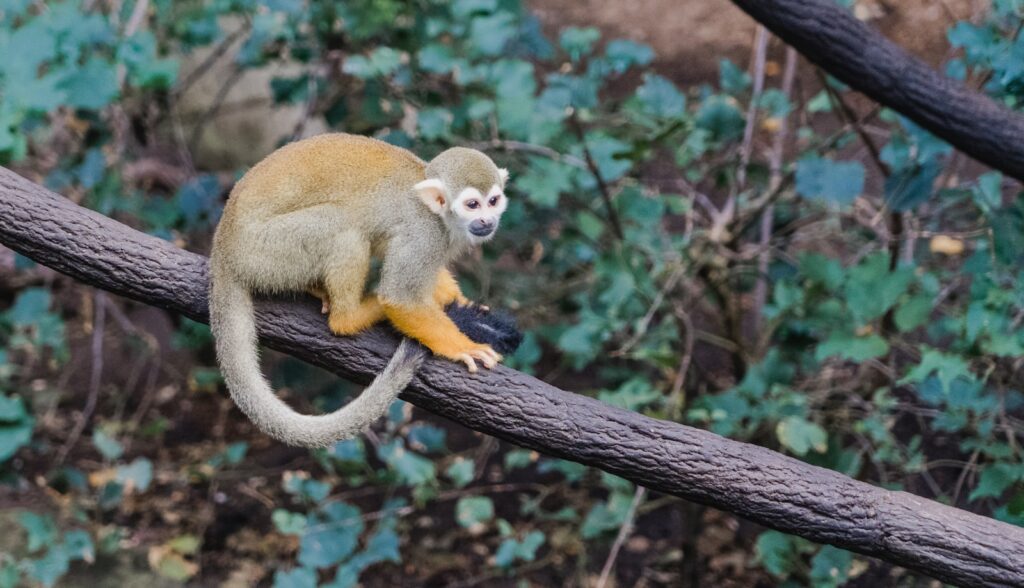
Economic factors significantly influence how countries approach exotic pet regulation, with competing financial interests often shaping policy outcomes. Nations with substantial domestic exotic breeding industries, like certain U.S. states, may resist comprehensive bans due to concerns about economic impact and job losses. Conversely, countries that depend on ecotourism revenue may implement stricter exotic pet prohibitions to protect the wildlife that attracts visitors. The insurance industry has played a surprising role in some jurisdictions, with providers refusing coverage to exotic pet owners or charging prohibitive premiums, effectively supporting regulatory restrictions. Countries must also weigh the economic burden of managing invasive species—Australia spends over $1 billion annually controlling established invasive species, making prevention through import prohibition economically rational. Tourism-dependent nations like Costa Rica have determined that wild animals are more valuable in their natural habitats, attracting ecotourists than in the pet trade, influencing their strict stance against keeping native wildlife as pets. These complex economic calculations explain some of the variation in regulatory approaches between countries with different economic priorities and structures.
Public Opinion and Changing Social Attitudes
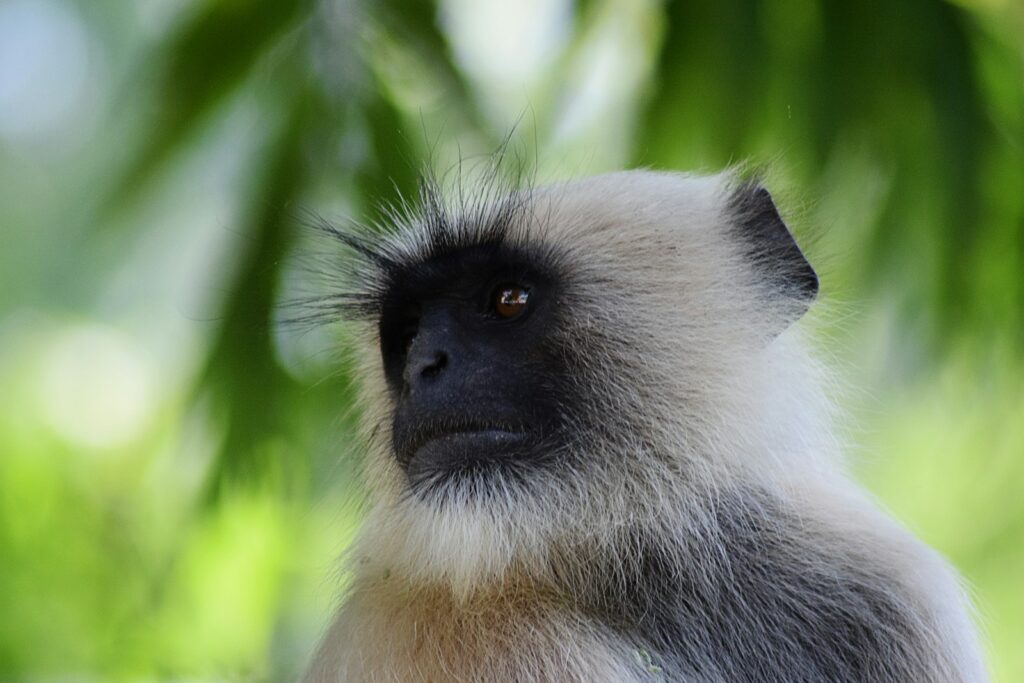
Public sentiment about animal welfare and wildlife conservation has evolved dramatically in recent decades, driving regulatory changes in responsive democracies. Opinion polling in European countries shows consistently strong public support for restricting exotic pet ownership, with majorities viewing the practice as cruel and unnecessary. Social media has amplified these changing attitudes by exposing conditions in the exotic pet trade and documenting unsuitable keeping conditions, generating public pressure for legislative reform. High-profile incidents involving exotic pets, such as the 2009 chimpanzee attack in Connecticut that left a woman severely disfigured, often catalyze public demand for stronger regulations. Countries with active animal welfare NGOs and strong civil society organizations typically develop stricter exotic pet regulations as these groups mobilize public concern and advocate for legislative change. The generational shift in attitudes toward animal welfare is particularly notable, with younger citizens generally more supportive of restrictions than older generations, suggesting regulatory trends will continue toward greater restriction in responsive political systems.
Alternative Approaches to Complete Bans

Not all countries opt for comprehensive prohibitions, with some implementing sophisticated regulatory frameworks that permit limited exotic pet ownership under strict conditions. The Netherlands employs a “positive list” approach, where only species scientifically assessed as suitable for keeping are legal, placing the burden of proof on those wishing to add species to the permitted list. Singapore implements a graduated licensing system with different requirements based on the risk level of the species, mandatory training for owners, and regular inspections of keeping facilities. Some jurisdictions require prospective exotic pet owners to demonstrate specialized knowledge through certification programs or apprenticeships before receiving permits. Insurance requirements, microchipping, registration in tracking databases, and mandatory reporting of escapes feature in regulatory systems that permit limited ownership. These nuanced approaches attempt to balance personal freedom with public safety and animal welfare, though they require substantially more administrative resources than outright prohibitions. Countries experimenting with these systems continue to evaluate their effectiveness against simpler ban policies, with ongoing adjustments as implementation challenges arise.
Future Trends in Exotic Pet Regulation

The global regulatory landscape for exotic pets continues to evolve, with several clear trends emerging that suggest increasing restrictions in most regions. Scientific risk assessment tools are becoming more sophisticated, allowing for more evidence-based prohibitions targeting species with the highest risk profiles rather than broad taxonomic groups. International coordination is strengthening, with INTERPOL and the United Nations Office on Drugs and Crime devoting increased resources to combating wildlife trafficking, including the pet trade component. Climate change considerations are entering regulatory frameworks as changing environmental conditions may make previously benign exotic species capable of establishing invasive populations. The growing “One Health” approach, which recognizes the interconnection between human, animal, and environmental health, is driving more comprehensive exotic pet restrictions as a zoonotic disease prevention strategy. Technological advances in animal identification, DNA testing, and digital permitting systems are making enforcement of complex regulations more feasible, potentially enabling more countries to move from simple bans to sophisticated regulatory frameworks. These converging factors suggest that while approaches may vary, the general direction of exotic pet regulation globally is toward greater restriction rather than liberalization.
Conclusion
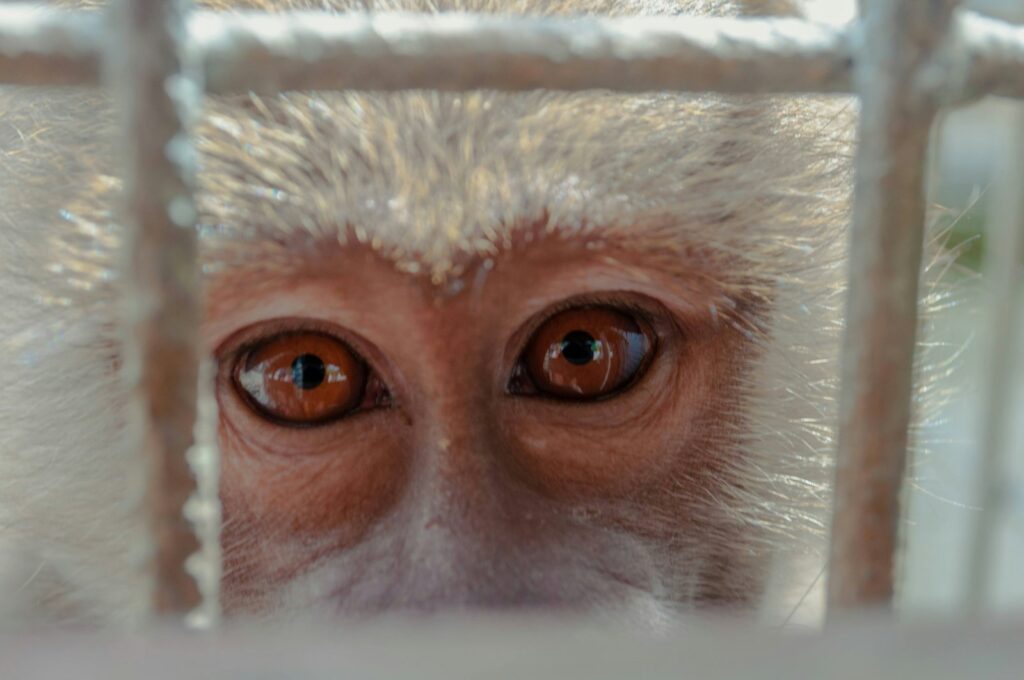
The complex web of ecological, welfare, safety, conservation, and practical concerns driving exotic pet regulations reflects the multifaceted impacts these animals have on societies and ecosystems. While individual countries prioritize different aspects of these concerns based on their unique circumstances, the overall global trend clearly moves toward stronger restrictions. As scientific understanding deepens, enforcement capabilities improve, and public attitudes continue to evolve, we can expect exotic pet regulations to become increasingly sophisticated and generally more restrictive across most jurisdictions. For those considering exotic pet ownership, understanding these varied concerns helps explain why governments increasingly view the practice as problematic despite its historical popularity. The future of human-wildlife relationships will likely emphasize appreciation of animals in their natural contexts rather than possession as pets, reflecting a maturing understanding of our responsibilities toward both individual animals and the ecosystems they belong to.

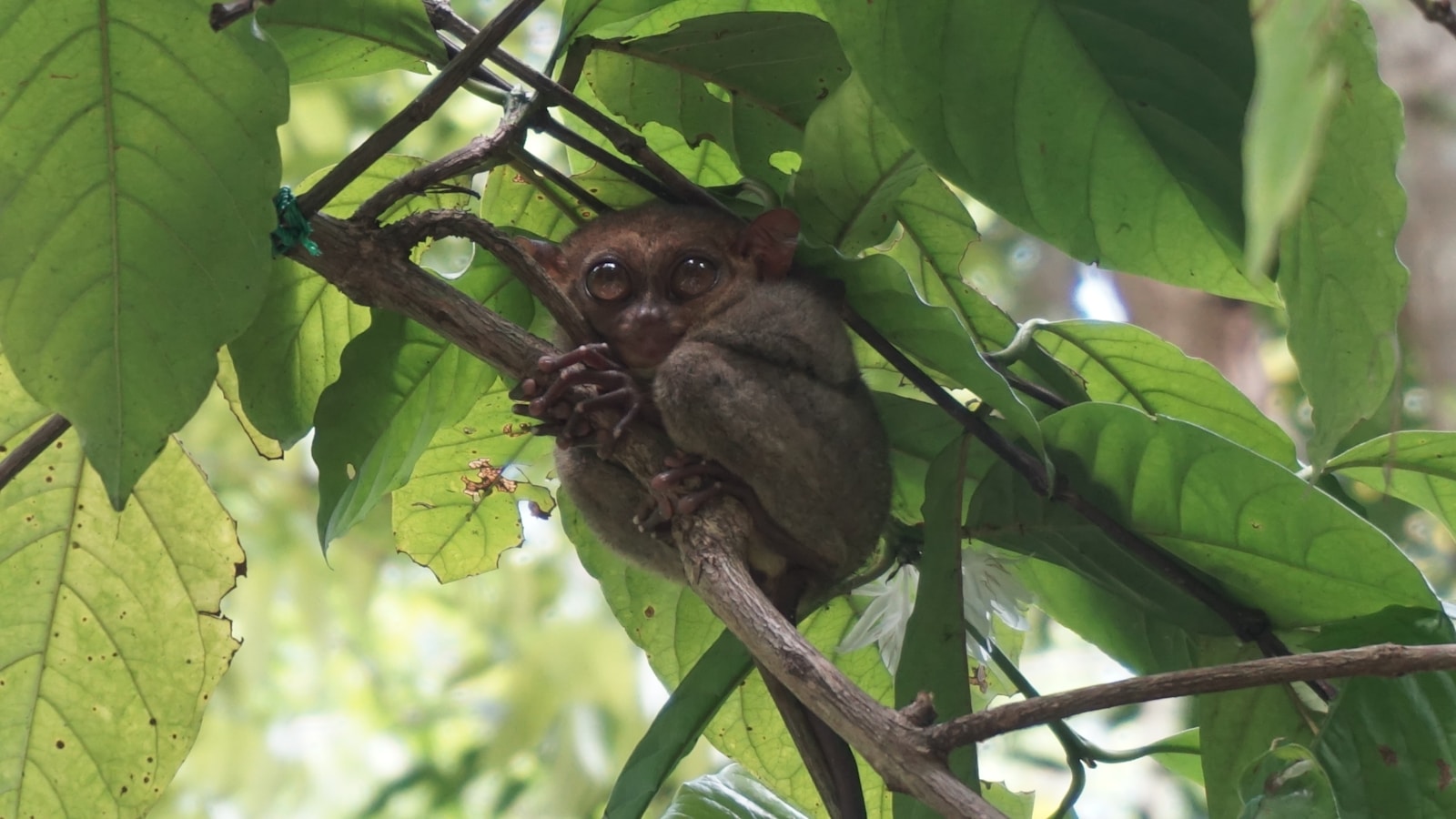

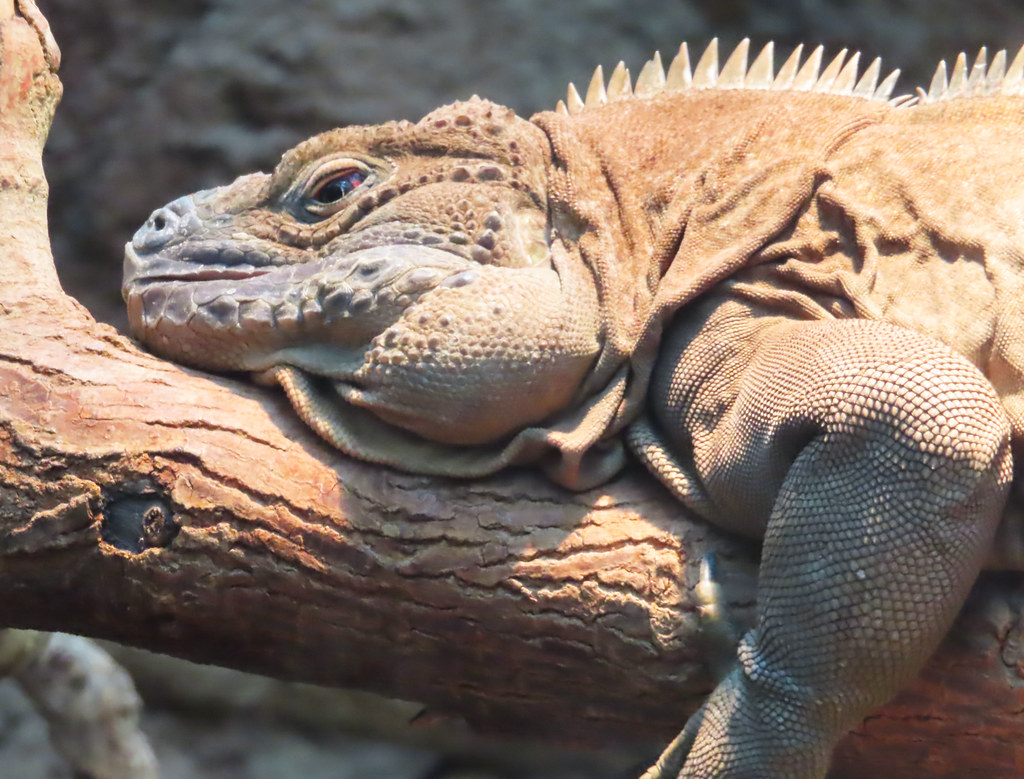












Leave a Reply